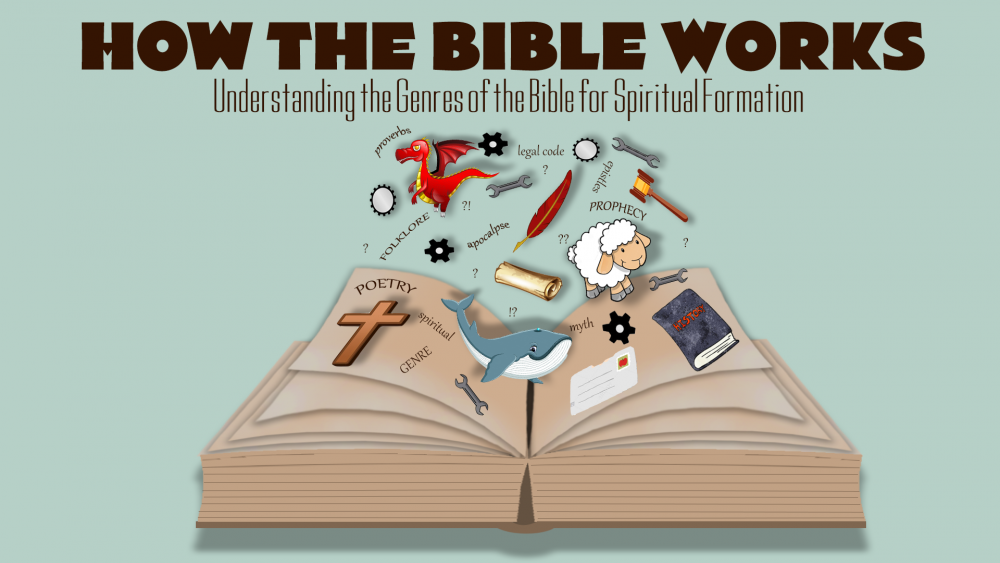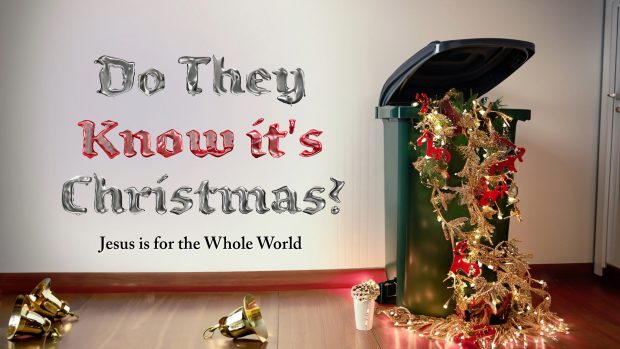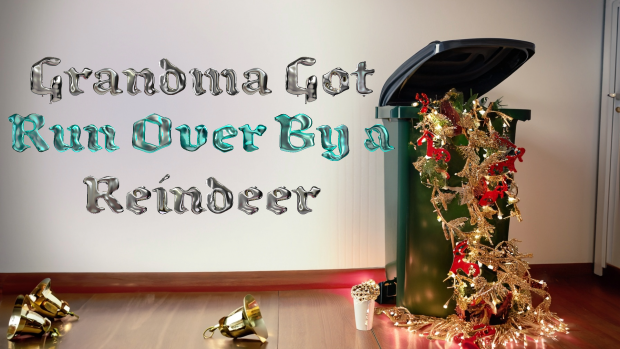
JR. Forasteros - June 28, 2020
How to Read Apocalypse

From Series: "How the Bible Works"
Reading Scripture is an essential means of transformation. But can we be honest? The Bible is really confusing. What's literal? What's not? And how does a library of ancient literature make us new in this modern age? This summer, we're learning how to read the Bible - not to get smarter, but to be changed!
More Messages From JR. Forasteros...
Powered by Series Engine
In the years after Hurricane Katrina devastated the city of New Orleans, I went to the city to do relief work several times. It was during those trips I learned that what victims of disasters want most isn’t necessarily the relief work. Every trip went more-or-less the same:
A big group of us would show up and get to work. Maybe we were gutting a home so it could be cleansed of mold and rebuilt. Maybe we were cleaning up vacant lots to beautify a city block for the other residents. Mostly we were gutting homes – tearing out sheetrock and ripping up flooring. It was brutal, exhausting work, particularly in the New Orleans summers.
The residents would always be nearby, helping if they could or in their FEMA trailers making lemonade for us workers.
And inevitably, over the three or four days we were there, each of us would end up just sitting and talking with that resident. Despite the fact that we were on a schedule. Even though we were working hard to get their home finished.
What they needed most wasn’t a new home (though, obviously, that was important).
What they needed most wasn’t our strong backs and hard work. What they needed most, every time, was human interaction. They needed to tell their story, to be seen and heard, to know they’re not alone in their grief.
Again and again, what gave them hope was not the pounding hammers and loaded wheelbarrows, but a person sitting with them, being present with them.
What does it means to be WITH someone in times of grief? The final movement of Lament is hope, an anticipation that grief is not the final word.





